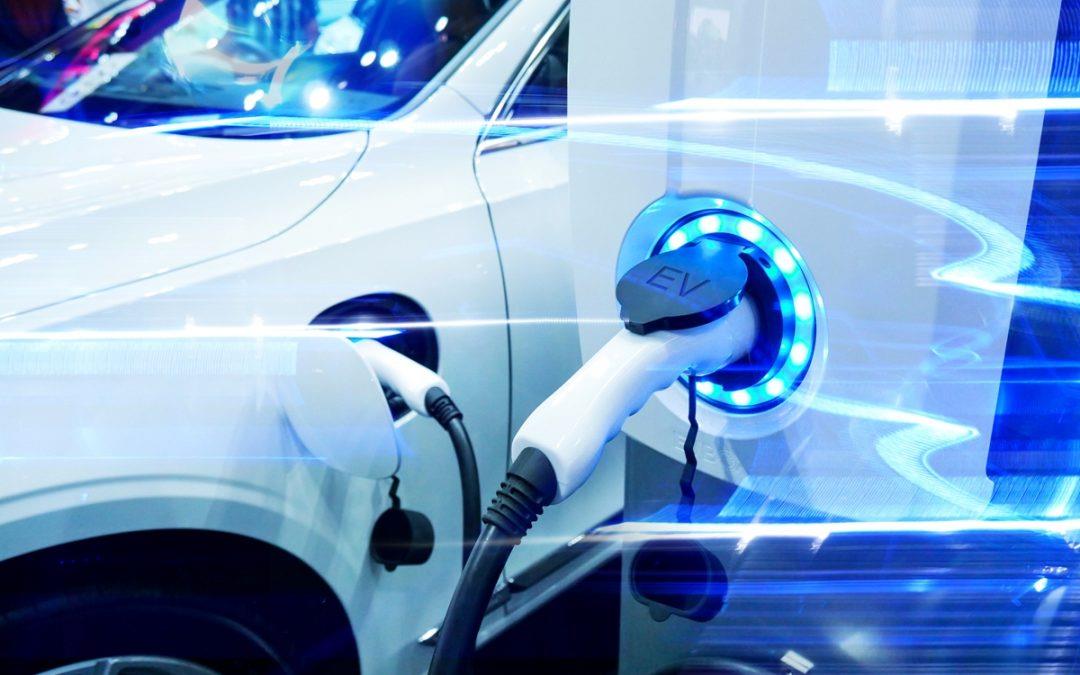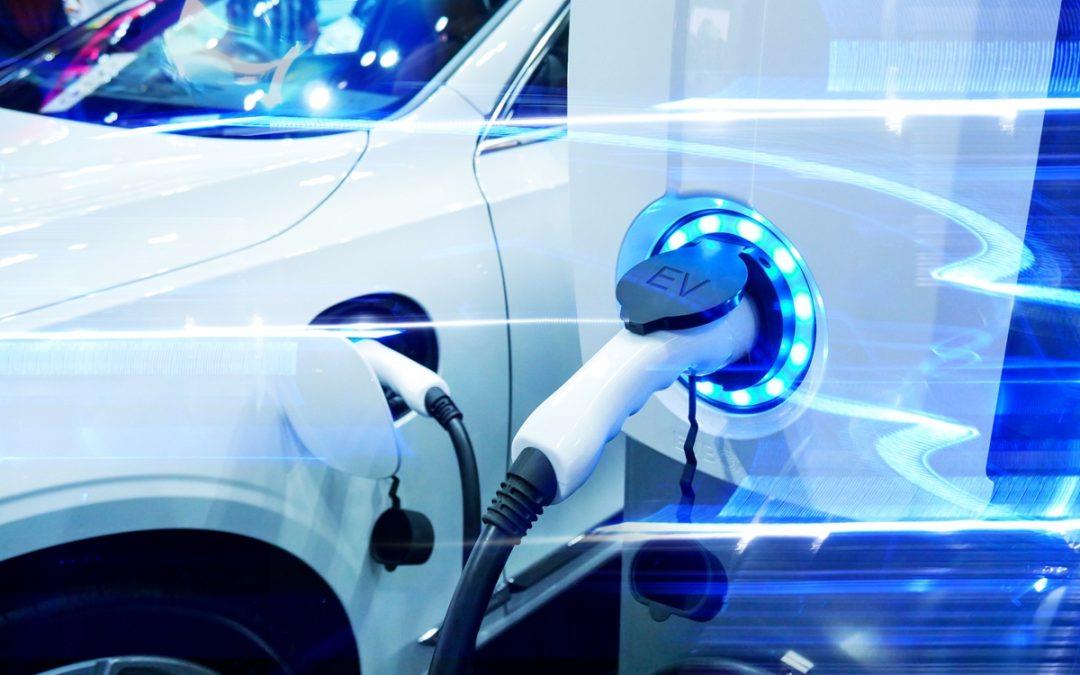
Solution for Continued Growth of Electric Vehicles
The world is facing an acute electricity shortage. China is rationing power supply to its factories. Europe is looking to Russia for supplies of natural gas to avoid electricity outages. Lawmakers in the US are declaring that keeping everyone warm during the upcoming winter season will be a higher priority than tackling a persistent pandemic.

The world is facing an acute electricity shortage. China is rationing power supply to its factories. Europe is looking to Russia for supplies of natural gas to avoid electricity outages. Lawmakers in the US are declaring that keeping everyone warm during the upcoming winter season will be a higher priority than tackling a persistent pandemic.
Against this backdrop, the key question for global mobility analysts like me is:“So what does this mean for electric vehicles (EVs)?” Until EVs are firmly entrenched as a major mode of transportation, such crises represent a step back in the quest for electrification. For the foreseeable future, whenever there is a shortage of electricity, powering homes, industries and commercial establishments will take precedence over transport. This will prevent EVs from becoming a transportation mainstay.
The response of key nations, most of which have fallen back on coal, oil and gas, hasn't helped matters. Coal production has gone through the roof, while natural gas prices have risen astronomically. Even if EVs get their fair share of electricity from the power grid, the use of coal-fired electricity networks will result in EVs generating a higher well-to-wheel carbon footprint.. Unfortunately, renewable energy sources are still ramping up. The world cannot rely on them just yet as a solution to the crisis. Even if installed capacity grows, these sources are unlikely to be demand-responsive.
Possible Solution?
The demand and supply of electricity mark an upwardly moving spiral. Demand is ever-increasing, leading to additional installed capacity, which further leads to newer usage applications and higher demand. How does one solve this conundrum? How can EVs be insulated from such uncertainties?
There is only one way I can think of: EVs powered by closed-loop renewable energy-based power generation. Instead of connecting all renewable energy power plants to the grid from which EVs can be charged, we should create a separate infrastructure that generates electricity from renewable energy sources and powers a network of charging points for EVs.
This strategy offers several advantages:
Setting the Foundation for a Low-Carbon Transport Future
I would be the first to admit that this solution is easier said than done. Not only would there be a slew of regulatory hurdles to be overcome but also substantial infrastructure costs. However, I believe it will assure a foundation for a low-carbon transportation system for the future.
Battery manufacturers and charging service providers must evaluate this solution as a strategic growth opportunity.
For more information or further discussion, please email us at .
About Vivek Vaidya

Vivek Vaidya is an Associate Partner and Senior Vice President for the Mobility Practice in Asia-Pacific. He has advised major automotive companies, new age mobility companies, transportation companies, and governments on future scenarios and regulations, market & competitive strategies, as well as strategic partnerships in his career spanning 25 years. Vaidya speaks at industry conferences across the world and is quoted extensively in newspapers such as BBC, CNBC, Bloomberg, Channel NewsAsia, and the Economic Times now.
View all posts by Vivek Vaidya
Legal Disclaimer:
MENAFN provides the
information “as is” without warranty of any kind. We do not accept
any responsibility or liability for the accuracy, content, images,
videos, licenses, completeness, legality, or reliability of the information
contained in this article. If you have any complaints or copyright
issues related to this article, kindly contact the provider above.

















Comments
No comment